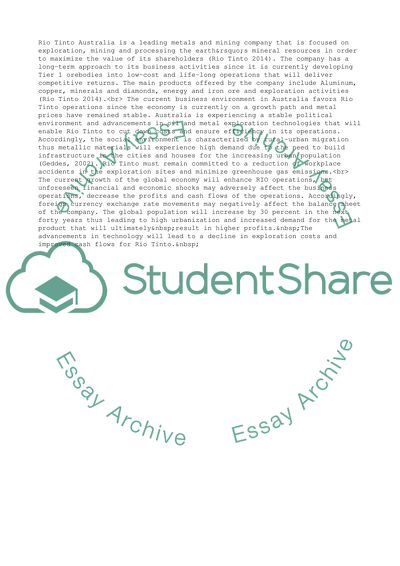Cite this document
(International Financial Management of Rio Tinto Australia Case Study, n.d.)
International Financial Management of Rio Tinto Australia Case Study. Retrieved from https://studentshare.org/management/1648457-tbs980-international-financial-management
International Financial Management of Rio Tinto Australia Case Study. Retrieved from https://studentshare.org/management/1648457-tbs980-international-financial-management
(International Financial Management of Rio Tinto Australia Case Study)
International Financial Management of Rio Tinto Australia Case Study. https://studentshare.org/management/1648457-tbs980-international-financial-management.
International Financial Management of Rio Tinto Australia Case Study. https://studentshare.org/management/1648457-tbs980-international-financial-management.
“International Financial Management of Rio Tinto Australia Case Study”, n.d. https://studentshare.org/management/1648457-tbs980-international-financial-management.


